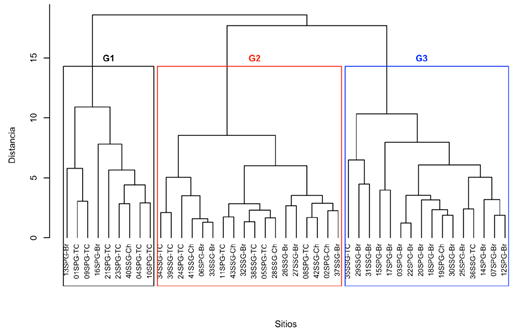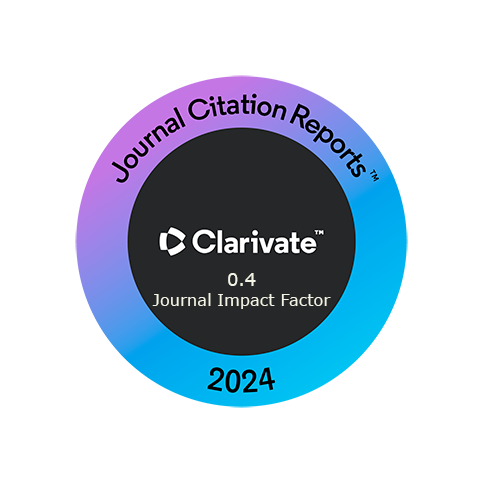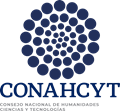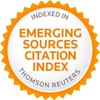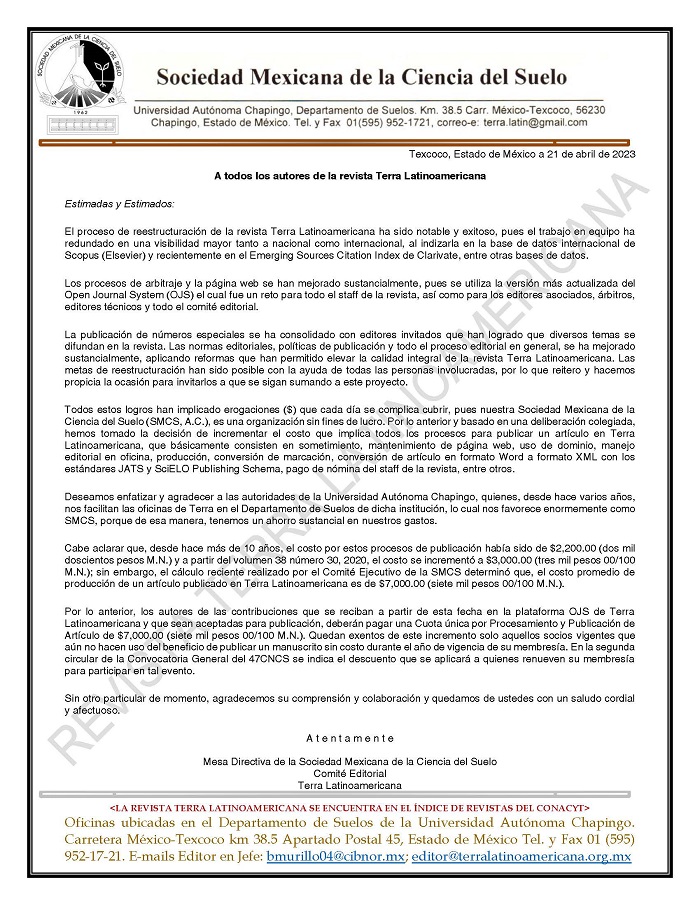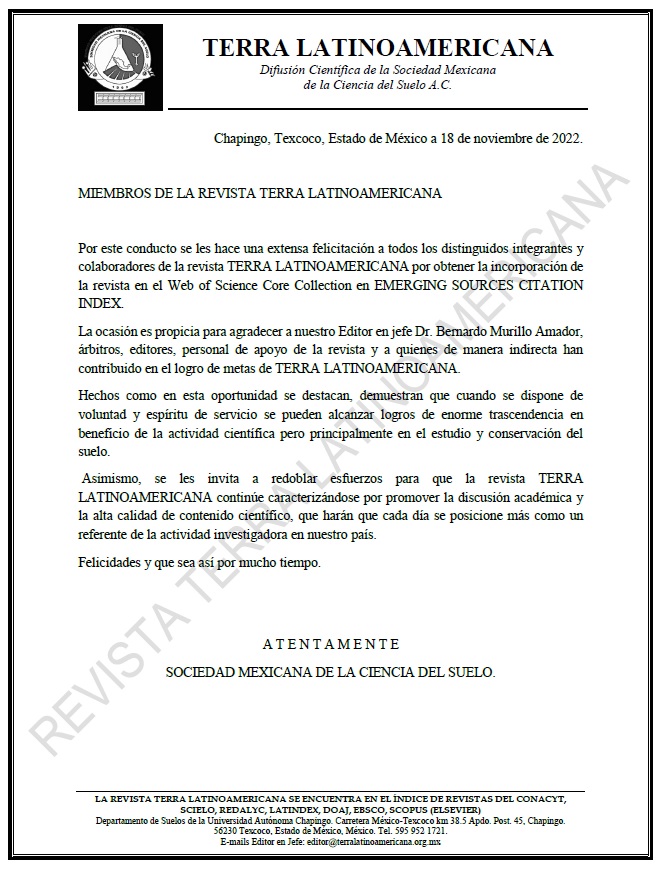Quality of Local Land Classes in The Chapala Livestock Sub-basin Portion of Michoacan
DOI:
https://doi.org/10.28940/terra.v42i0.1788Keywords:
worldwide, ethnopedology, cattle raisingAbstract
Livestock farming impact on the environment causes changes in various factors, which af fect soil quality, which can be determined by physicochemical parameters that indicate its condition. Therefore, the objective of the present study is to know the quality of local land classes with and without grazing through their physical and chemical properties. The methodology consisted of collecting soil samples with cattle grazing and in areas that have been kept free of cattle. Fourteen physicochemical variables were evaluated. Additionally, information on local soil knowledge was collected by farmers through interviews. A variance analysis was performed to identify dif ferences and similarities between local land class and land use. The principal component analysis was applied to find the most representative variables to subsequently group by similarities between sampling sites, additionally applying the sustainable land use sub-index. Interviewees recognized three types of land: Barro, Charanda and Tierra Café. The analysis of variance showed that the variables calcium (Ca), cationic exchange capacity, apparent density, magnesium (Mg), organic matter and phosphorus (P) had a dif ference (p-value < 0.05) between local land classes and land use. The multivariate analysis determined three groups, and soil quality was defined as marginal, sensitive and acceptable; Tierra Café was the one with the highest quality and is permanently used for livestock farming.
Downloads
Publication Facts
Reviewer profiles N/A
Author statements
- Academic society
- Terra Latinoamericana
- Publisher
- Mexican Society of Soil Science, C.A.
